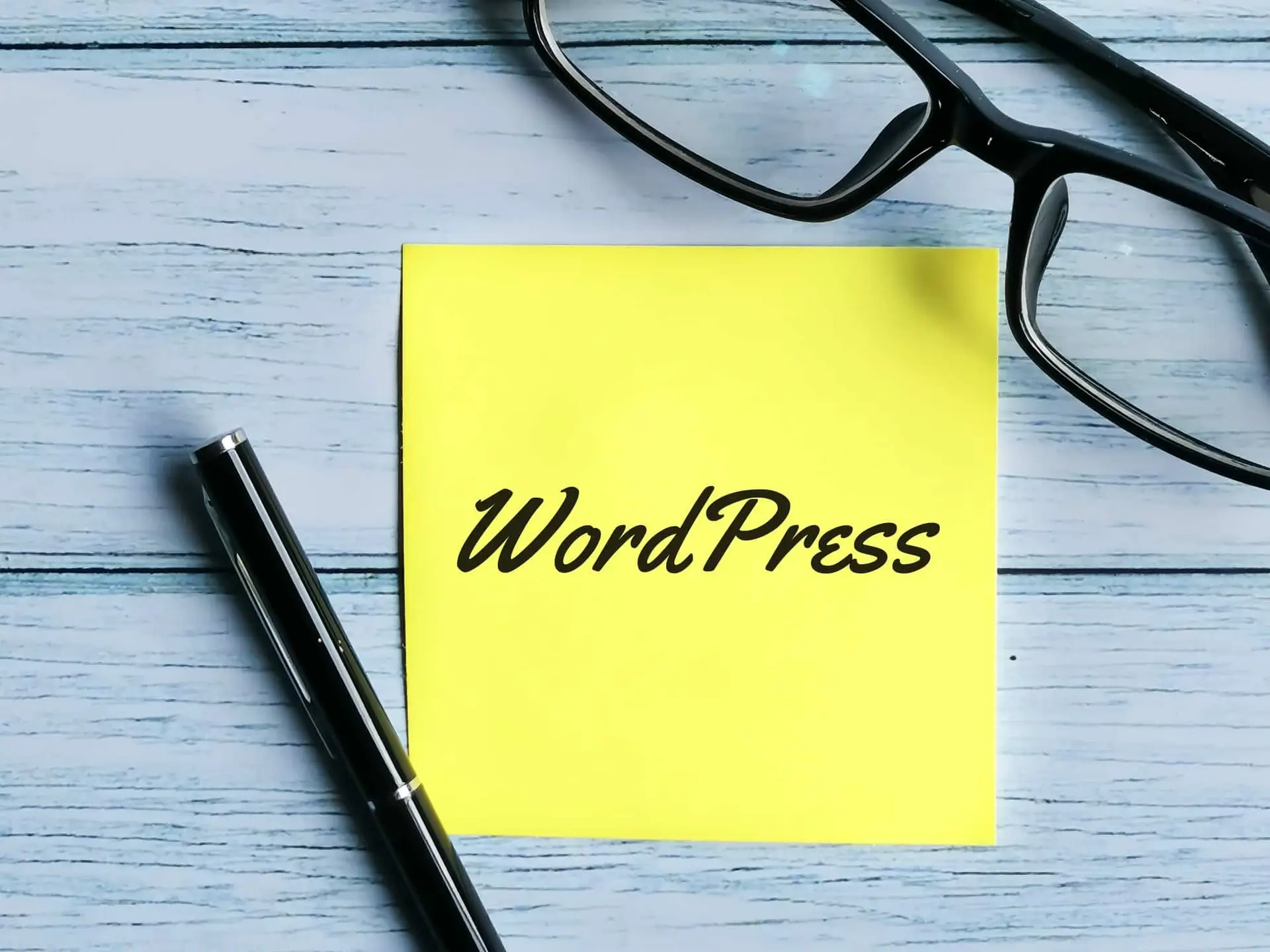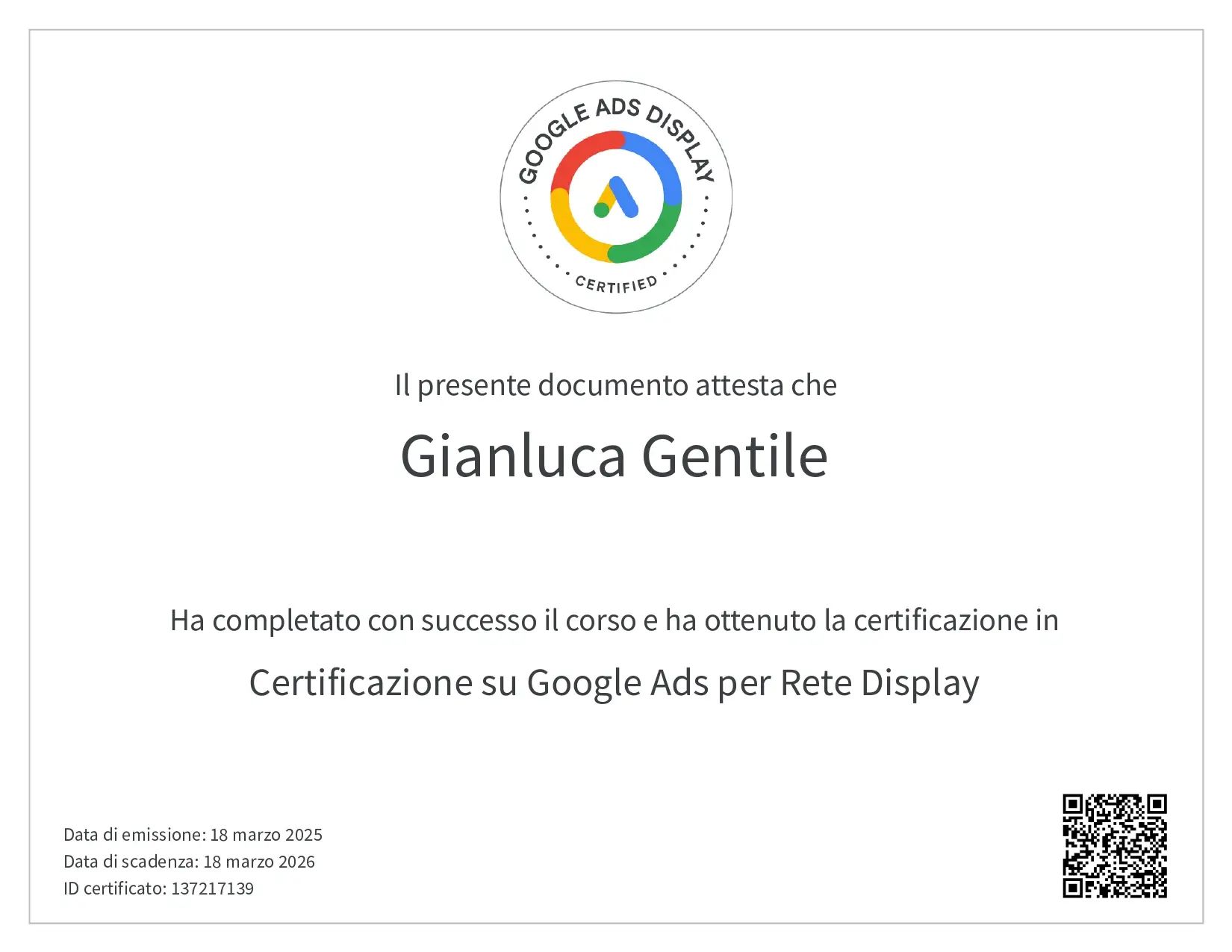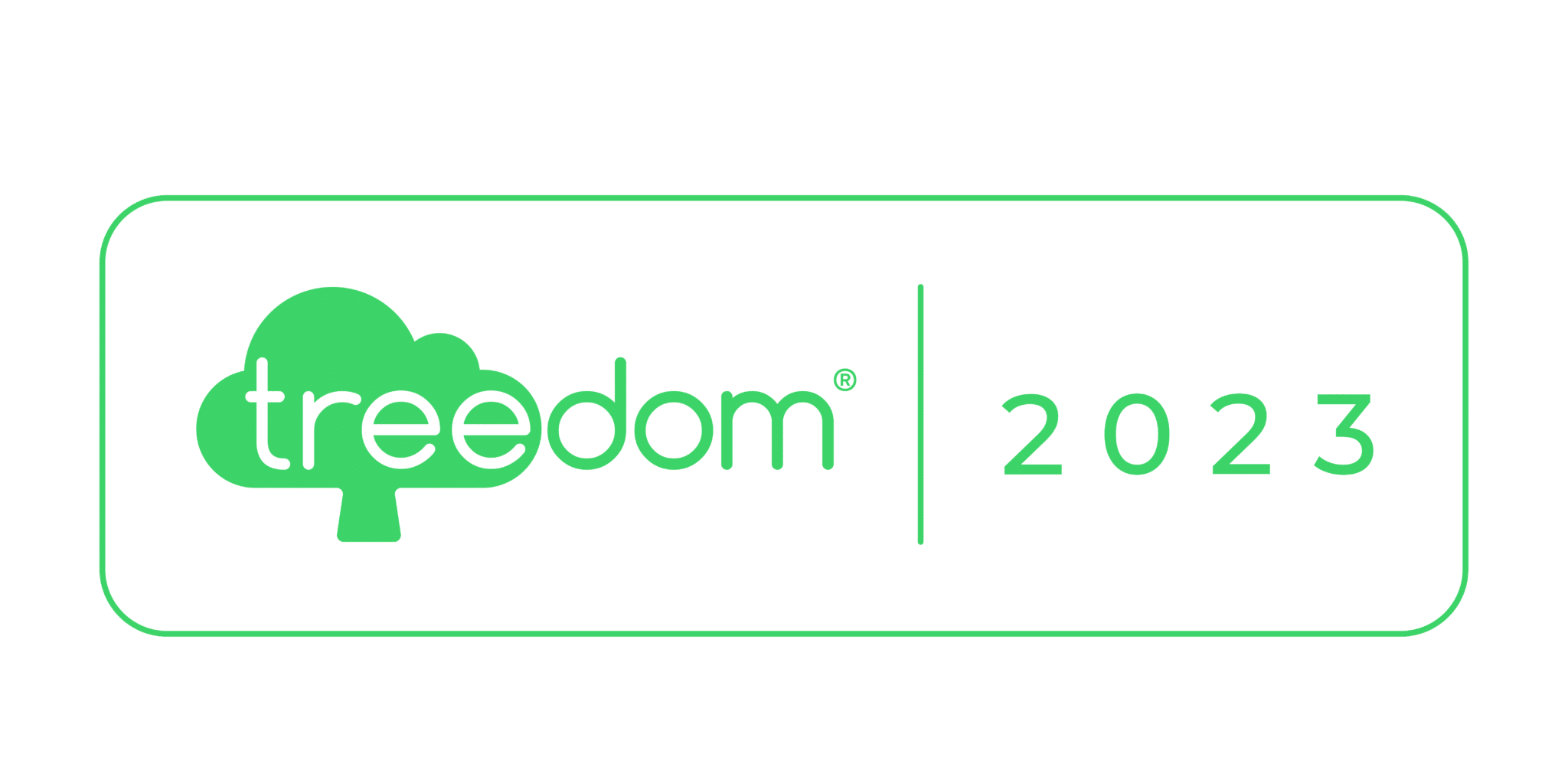The design of a website: a crucial process that requires strategic attention and thoughtful decisions. This process goes beyond simply creating an online presence; it is the art of balancing essential information And attractive design, while ensuring a 'smooth and intuitive user experience. In the following lines, we will explore the basic pillars of this process:
- Content Selection: Determining what information is crucial to your audience and what can be omitted is the vital first step. This involves a thorough understanding of your target users and of the business objectives.
- Site Presentation: First impressions matter. The key question here is, "How do you want your website to present itself to visitors?" This includes not only the visual design, but also the tone and style of communication.
- Navigation Experience: An often underestimated but critically important aspect. Navigation must be simple and intuitive, guiding users to the most important information without friction or confusion.
In this article, we will not only answer these basic questions, but also provide you with a Set of detailed guidelines and tested strategies to create a website that not only attracts attention but keeps it, turning visitors into loyal users. Follow us on this journey to find out how to bring your ideal website to life.
The Crucial Importance of a Website for Businesses
In an increasingly pervasive digital age, many entrepreneurs remain uncertain about the actual need to create a website for their business, often believing that a social media presence, such as a Facebook page or Instagram profile, is sufficient for online promotion. However, this perspective greatly underestimates the power and importance of a dedicated website. Here are the reasons why a website is an essential investment for the growth and success of any business:
- Professionalism and Consistency of Corporate Image: A website is your digital business card. It provides a platform to present your company in a professional manner, ensuring a consistent and controlled presentation of your image and brand. This is something that social media cannot offer completely, as they are limited in formats and presentation styles.
- Availability Continued: A website ensures that your business is visible and accessible 24/7. Unlike a physical store with opening and closing hours, your website is always available to customers, allowing them to explore your products or services at any time, thereby increasing opportunities for sales and engagement.
- Search Engine Visibility: Search engine presence is critical. A search engine optimized (SEO) website greatly increases the likelihood that potential customers will find your business online. Social media, while useful, cannot replace the visibility and authority that a well-placed website can offer in search results.
- Automation of Operations: A website allows you to implement systems that automate various business operations, making processes more efficient and reducing manual workload. From managing orders to booking appointments, a website can offer your customers a smoother and more convenient experience, improving customer service and overall satisfaction.
In conclusion, while social media are important tools in digital marketing, a website is the core of your online presence. It provides a stable and controlled platform for building and strengthening your presence in the digital world, which is essential to the long-term success of your business.
How much does a website cost
Building a website involves several costs, which vary widely depending on multiple factors. Understanding the cost structure is essential to effectively plan the budget for your web project. Here is a detailed overview:
- Domain Purchase Cost: This is the first step in creating a website. The domain is the unique address of your site on the Internet. Generally, the cost of a domain can range from € 10 to € 30 per year, depending on the domain extension (.com, .it, .org, etc.) and its popularity.
- Cost of Hosting: Hosting is the server space where your website is stored. The cost of hosting is influenced by various factors, such as the amount of storage space required, bandwidth, security, and the quality of technical support. Prices can range between € 10 and € 50 per month, depending on the specific needs and level of service offered by the hosting provider.
- Web Site Development Cost: This is the most variable part and can depend significantly on the complexity of the website and the functionality required. For a basic website, such as a portfolio or showcase site, costs can start from € 849. However, for more complex websites, such as e-commerce or sites with advanced features, costs can go up to €10,000 or even more. This includes graphic design, programming, e-commerce system integration, SEO optimization, and other specific customizations.
It is important to note that these costs are estimates and may vary depending on the local market, the specific needs of the project, and the service provider chosen. Also, in addition to the initial cost, annual maintenance costs must be considered, which may include domain renewal, hosting, security updates, and technical support.
Fundamental Elements for Creating a Website
Before embarking on the journey of creating a website, it is crucial to plan and consider some key elements. This process includes three main steps:
- Definition of Target Audience and Content: Clearly identifying your target audience is critical. This will help you determine the type of content that will resonate best with your visitors. Ask yourself, "Who are my ideal visitors and what information are they looking for on my site?"
- Hosting and Domain Selection: Every website needs a 'place' to live, known as hosting, and an address, the domain. The hosting should be reliable and able to support the size and traffic of your site. The domain, on the other hand, should be easy to remember and reflect your site's name or brand.
- Choosing a CMS or Framework: A content management system (CMS) such as. WordPress, Joomla or Drupal, will allow you to manage and update your site intuitively. For those who want more control and customization, a framework such as Laravel or Ruby on Rails might be a better choice. The decision depends on the level of customization desired and your technical skills.
How to Create a Website for Free
Making a website at no upfront cost is possible thanks to platforms such as WordPress.com. Here's how to go about it:
- Choose WordPress.com: This free hosting service allows you to create websites or blogs using the renowned WordPress CMS. It offers a variety of themes and plugins to customize the site to your needs. No prior technical experience is required.
- Domain Registration and Choice: Visit WordPress.com and click on "Create your website for free." Choose a suitable domain name for your site. The domain will be the 'name' of your site on the Internet, so choose it carefully.
- Layout Customization: In the "Layout" section, you will have the opportunity to select a theme that fits the look and feel you want for your site. WordPress offers a wide range of themes, both free and paid.
- Entering Information: In the "Additional Information" section, enter crucial details such as the type of traffic you aspire to generate and the content you plan to publish. This step is important to ensure that your site reflects your needs and expectations.
- Download and Customize: After selecting the template, you can download it and proceed with customization. WordPress.com offers a flexible platform that allows you to add or edit content easily.
Versatility and Potential of WordPress in Website Creation
WordPress, an extremely popular website creation platform, offers considerable flexibility that enables a wide range of website types, adapting to different needs. Here are some of the most significant possibilities:
- Custom Websites: With WordPress, you have the freedom to customize every aspect of your site. Whether you are creating a simple site for a personal portfolio or a more complex one for a business, WordPress offers an intuitive interface that allows you to modulate the layout and visual elements to fit your specific needs perfectly.
- Websites for Online Sales: WordPress is also ideal for those who wish to create an e-commerce site. It offers the ability to select from numerous templates optimized for online sales or to create a fully customized design, making it easy to represent your business online and manage sales effectively.
- Promotional Websites: For those who need a website focused on promoting products or services, WordPress allows you to create eye-catching and functional pages that are ideal for capturing your audience's attention and effectively promoting what you offer.
Choosing the Right Name for Your Website
The name of your website is a key element of your online presence and your marketing strategy. Here are some points to consider:
- Short and Memorable: Choose a name that is easy to remember, resonates with your audience, and clearly reflects your identity or site content.
- Consistency with Your Brand: For companies, it is ideal for the site name to match the brand name. This helps build and maintain trust and brand recognition.
- Thematic Relevance: For non-business sites, choose a name that reflects the topic or nature of the content. For example, a site devoted to cooking might be called "Italian Recipes" or "Cooking with Love."
- Domain Availability: Make sure that the name you choose is available as a .com and .it domain. Domain availability is crucial to ensure a unique and recognizable identity on the Internet.
In summary, WordPress offers the capabilities and tools to build a website tailored to your needs, whether you are building a personal platform, a corporate site, or an online store. Choosing an appropriate name and checking domain availability are key steps in establishing your digital presence and effectively reaching your audience.
Install WordPress
To install WordPress on your server, you must first download the latest version available on the official website. Next, you need to unzip the .zipper or .tar.gz file that you downloaded and copy all the files contained in the "wordpress" folder to the root folder of your website. At this point, you can access the WordPress installation screen by typing the address of your site followed by "/wp-admin/install.php."

text word press written on sticky note
To disable a WordPress feature, you must first go to the installation screen and select the "Settings" item in the "Websites" section. Next, you need to enable/disable the feature in question via the "Requirements" field in the "Websites" list.
How to give your site a professional look
To give you an idea of how to make it professional, here are some parameters you can keep in mind:
- The graphics of the site should be clean and elegant. Simple but at the same time refined. Do not use elements that are too flashy or stylistically dated.
-
Colors should be chosen carefully and according to the type of site you want to create. For example, if it is a corporate site, better to opt for more serious and classic shades, while if it is a personal site can dare more with brighter and original colors.
-
The text should be clear and readable. Use a standard font and not too small. Remember that your goal is to attract users, not to clash with them in reading.
-
In addition, you must have an efficient and easy-to-use promotion tool: a modern, user-friendly website that allows people to find the most important content on your site right away.
How to find the right WordPress theme
WordPress is one of the most popular CMSs in the world, and its versatility is one of its greatest qualities. This popularity, however, comes at a price: choosing the right WordPress theme for your website can be really difficult.
There are thousands of WordPress themes available, both free and paid, and they all promise to provide the best possible browsing experience. But how do you choose the right WordPress theme for your website?
First, it is important to decide what functionality your website should have. Do you want a simple, minimalist site, or do you want something more complex and content-rich? Or are you looking for
How to install and configure WordPress theme
The process of installing and configuring the WordPress theme is very simple. First, download the theme of your choice from the official WordPress website. Next, run the installer and follow the instructions provided. After installing the theme, you will need to activate it from the WordPress admin panel. Finally, you can start customizing your website according to your preferences.
How to set permalinks correctly
When it comes to permalinks, many users are confused about what they are and how they work. Permalinks are simply the web address that identifies a page or post on your site. For example, the permalink for this article might be "https://example.com/come-impostare-permalink."
To set permalinks on your site, log into your WordPress dashboard and go to Settings -> Permalinks. From here, you can choose different permalink templates. Most users opt for the "Article Name" style, in which the permalink is based on the title of the article or page.
However, if your site already has several articles and pages published, it is important to note that changing the template
How to add functionality
How can you add functionality to your website? Depending on the needs of the site, there are various ways to do this. If you want a site that is easy to use, you should consider adding plugins to your CMS. Plugins offer many advantages, such as the ability to add different features to your site without having to modify the source code. In addition, plugins often come with detailed instructions that make it easy to follow how to install and use them.
How to install plugins for WordPress
Plugins for WordPress are programs that extend the functionality of WordPress. There are plugins for almost everything from simple code optimization to creating eCommerce advanced.
How to install a plugin
Once you have installed WordPress and set up your theme, you can start installing plugins. Plugins give you the ability to add new features to your website, such as the ability to add a contact form or an image gallery. If you don't know how to install a plugin, follow these instructions:
- Log in to the WordPress administration panel.
- In the menu on the left, click on "Plugins."
- At the top, click on "Add New."
- Search for the plugin you want to install in the search box at the top right.
- Once you find the plugin, click "Install Now."
- Once the plugin has been installed, go back to the "Plugins" page and click on "Help."
- Select the plugin and look at the description. You will also find information about configuration options.
- If you wish, you can also click on the "I agree to the Terms of Service" button to accept the terms of the plugin.
The best plugins for WordPress
WordPress is one of the most popular CMSs in the world and offers website owners a wide range of plugins to enhance their pages, here is a selection of the best plugins:
Anti-Spam by CleanTalk
CleanTalk is a free, entry-level solution to protect your website from spam attacks.
This solution helps you block unsolicited messages, commercial e-mails, spam links and useless ads.
You can also use CleanTalk as a tool to monitor your web page traffic, detect any problems and manage them effectively.
Elementor
Elementor is software that makes it easy to build a website. In this guide, we will show you how you can use it in just a few moments, without the need for any in-depth technical details. After completing this guide, you will have your first website ready quickly and easily.
Envato Elements
If you are looking for a tool to build your own website, here is our approach: we use the Envato Elements platform. Our simplicity and the ability to customize the tool make it especially suitable for people who do not have a lot of time on their hands. In addition, Envato Elements is available in Italian, so you can always create a website in addition to your language skills.
In terms of functionality, Envato Elements is very rich and offers a number of tools for managing your site. You'll be able to take advantage of the search engine, create a forum, manage images, build your site quickly and easily, or use other services such as Google authentication or socialnetwork integration.
In conclusion, if you are looking for a simple and easy-to-use solution to create your website, we are confident that Envato Elements is the ideal solution for you.
How to configure a cache plugin
If you have a Web site that needs to be shared widely, or if your site is not working properly after you have updated it, you are probably caching too much content in HTTP mode. Caching can be used to reduce load times significantly.
To configure a caching plugin, you must use the login commands on your website and follow the specific instructions.
You should follow these instructions so that you have a working cache on your website:
- Click on the Access Properties menu icon on the browser (read here), select the Layout panel, and click on the Plugins option.
-
From the list of options, select the appropriate category (e.g., Plugins) and click on the Develop Plugins button.
-
In the window that opens, enter the name of a caching plugin (e.g., memcached), specifying necessary information such as the type of cache and the IP or DNS address of the server that will manage it.
-
If necessary, enter a password to protect personal information associated with the plugin (see also: Password for memcached).
-
Close the plugin insertion window.
-
You start the plugin and click on the button On the website share content effectively.
-
Select the memcached plugin and click on the Share button.
-
In the window that opens, select one or more portions of the website to share (e.g., a page on which you want to upload content) and click the Share button.
-
The cache will be loaded on the memcached server and the timer will be reset automatically after 10 seconds.
-
If you want to delete the memcached plugin, click the Delete button.
-
Close the Layout panel and restart the browser.
-
If the memcached plugin is not working properly, you can remove it by clicking on the commands icon on the Access browser properties menu and selecting the Plugins option.
Sarà possibile trovare informazioni più dettagliate sulle istruzioni per installare, configurare e utilizzare un plugin per la cache sul sito web di Google.
Come strutturare le pagine del tuo sito
Innanzitutto, devi decidere quali argomenti tratterai nel tuo sito. Dovrai anche considerare la struttura delle pagine e il modo in cui vuoi che i tuoi visitatori interagiscano con il tuo sito. Queste sono alcune delle domande che dovrai porre prima di iniziare a creare le pagine del tuo sito.
Quale tipo di informazioni vuoi presentare?
Il tipo di informazioni che offrirai sul tuo sito sarà determinato dal suo scopo. Se stai creando un sito per promuovere un’attività, dovrai fornire informazioni sulle tue attività e su come i clienti possono contattarti. Se, invece, stai creando un blog, le tue pagine dovranno concentrarsi sul fornire articoli e contenuti interessanti ai tuoi lettori.
Qual è il formato con cui vuoi presentare le tue informazioni?
Il formato con cui presenterai le tue informazioni dipenderà dal tuo sito. Se stessi creando un sito per vendere prodotti, potresti usare il formato cartaceo o digitale. Se sei un utente ordinario, probabilmente preferirai navigare in modalità online. In ogni caso, dovrai avere una chiara idea del formato che preferisci e di come intendi presentarlo.
Come ti iscrivi al tuo dominio?
Altro importante aspetto da considerare riguarda la registrazione del tuo dominio. Se vuoi aprire un sito personale, devi registrartelo presso un provider come GoDaddy oppure Google o anche con noi andando su gtechgroup.it.

domain word made of square letter word on wooden background.
Come creare un blog e scrivere articoli
Se desideri creare un blog per condividere le tue opinioni o raccontare la tua storia, puoi farlo facilmente online. Per iniziare, devi solo scegliere un nome per il tuo blog e un design che lo rappresenti.
Una volta che il tuo blog è creato, puoi iniziare a scrivere articoli. Ricorda di mantenere il tono della voce coerente con il tema del tuo blog. Ad esempio, se il tuo blog parla di viaggi, puoi scrivere articoli sulle tue esperienze di viaggio o consigli utili per i futuri viaggiatori.
Assicurati di inserire immagini e video nei tuoi articoli per rendere più interessante la lettura. Inoltre, puoi condividere link a articoli simili in diretta o in modo aggregato.
Se vuoi migliorare il tuo blog, puoi provare a creare un profilo personale su Facebook, Twitter, Pinterest e LinkedIn. Queste piattaforme ti consentiranno di condividere notizie, interagire con altri lettori e pubblicare i tuoi articoli preferiti.
Come indicizzare il sito sui motori di ricerca
Il web è una grande risorsa per cercare informazioni su qualsiasi argomento. Tuttavia, a volte è difficile trovare il sito web che stai cercando. I motori di ricerca possono essere utili in questi casi, ma devono prima indicizzare il sito. Indicizzare un sito significa semplicemente aggiungerlo all’elenco dei siti che i motori di ricerca analizzano. Ciò consente ai motori di ricerca di trovare il tuo sito e di visualizzarlo nei risultati della ricerca. Se non si indicizza il proprio sito, sarà molto più difficile per le persone trovarlo online.
Come monitorare il traffico
Una volta creato il proprio sito web è necessario monitorare il traffico che giunge sul sito in modo da avere un quadro chiaro delle statistiche relative alla sua attività. Utilizzando i servizi di Google Analytics, per esempio, è possibile capire qual è il numero di pagine visitate, gli utenti che cliccano su quali link e quante lettere sono state inviate via email.
Come migliorare le prestazioni
Per migliorare le prestazioni del tuo sito web ci sono diversi fattori da considerare. In primo luogo, devi assicurarti che il tuo server sia configurato in modo ottimale e che il tuo sito sia ospitato su un hosting affidabile. In secondo luogo, devi fare in modo che il tuo sito sia ben ottimizzato per i motori di ricerca e che i contenuti siano di alta qualità. Infine, devi assicurarti di avere un buon piano di marketing online per promuovere il tuo sito web.
Come identificare la nicchia del tuo sito web
Innanzitutto, devi decidere di quale argomento tratterà il tuo sito web. Questo è importante perché dovrai concentrarti su una nicchia specifica e offrire contenuti che siano utili ai tuoi lettori. Ad esempio, se il tuo sito web tratta di viaggi, la tua nicchia potrebbe essere i viaggi low cost. In questo modo, sarai in grado di fornire contenuti rilevanti e utili ai tuoi lettori.
Come creare la pagina home del tuo sito web
Quando si tratta di creare la pagina home di un sito web, ci sono diversi fattori da considerare. Innanzitutto, è importante scegliere un design che rifletta l’immagine che si vuole dare del proprio sito web. In secondo luogo, è necessario decidere quale tipo di contenuto verrà inserito nella pagina home. Infine, è importante considerare la possibilità di includere degli elementi interattivi nella pagina home, come ad esempio dei video o delle immagini.
Come collegare un sito web ai social network
Come collegare un sito web ai social network? Questa è la domanda che più spesso si pone quando si vogliono lanciare un sito web o aggiungere un nuovo contenuto. Ecco come fare:
- Fare il login sul proprio account Google o su Facebook e creare un profilo ufficiale per il sito.
- Creare una pagina personale con il tuo nome, il tuo blog e l’indirizzo e-mail. Fate inoltre notare alcuni dettagli della tua personalità, come i gusti musicali, per condividere maggiormente qualcosa con i visitatori.
- Se vuoi, puoi aggiungere anche altri contenuti pubblicati sul tuo blog, come foto, articoli e video. Ognuno deve essere associato ad una specifica pagina (ad esempio “Foto” o “Video”). Per farlo basta inserire il link diretto all’immagine o all’articolo.
- È possibile anche aggiungere un widget social sul tuo sidebar per condividere i contenuti in tempo reale con i tuoi followers su Facebook, Twitter e Linkedin
- Seleziona il bottone ” condividere ” e clicca sul link specifico per lanciare il tuo post.
- Segui le istruzioni guidando i tuoi follower sulle loro pagine social preferite.
Questo è quanto ti servirà per collegare un sito web ai social network.
Conclusion
A conclusione della guida è possibile creare un sito web indipendente, ma anche associato ad una società. La semplicità di questa operazione dipende dal tipo di hosting scelto e dalla qualità delle impostazioni create. Il progettista web deve fare attenzione alle regole fondamentali per il design e alla qualità delle pagine: contenuti, linguaggio, grafica, navigabilità.












